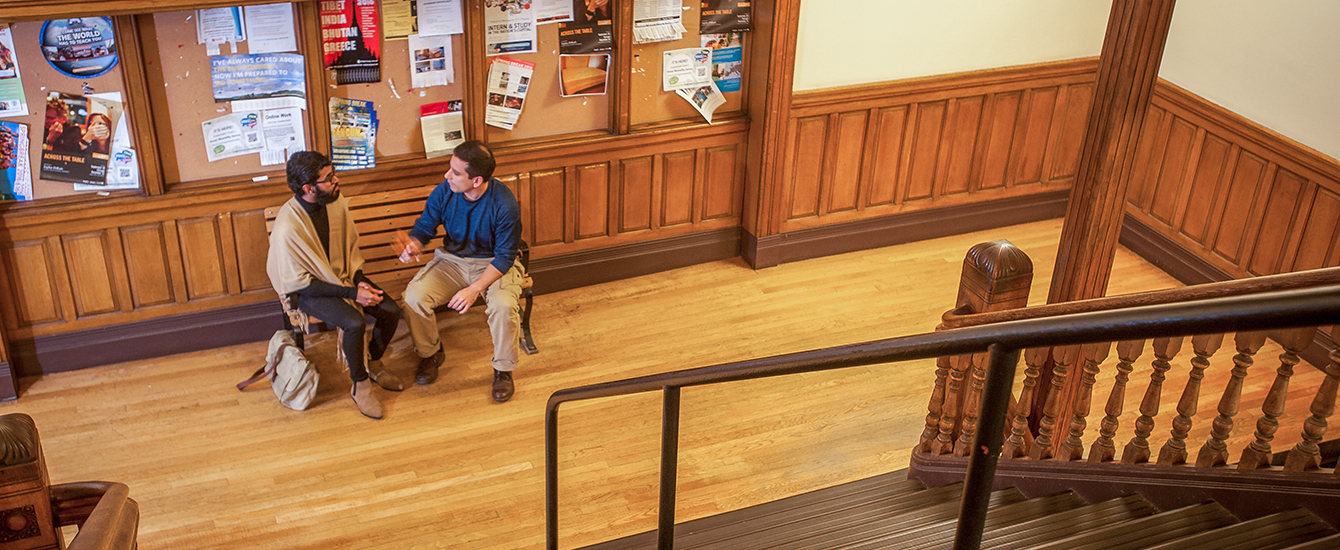Psychology
Neighborhood Police Encounters, Health, And Violence In A Southern City
Abstract
The disproportionate rates of police surveillance and encounters in many communities in the US may be contributing to inequities in health and violence. Frequent policing in communities, which may often also be aggressive policing, has been associated with diminished health and well-being. This study adds to the growing body of research on this issue by examining the relationships between neighborhood police stop-and-frisk encounters and both health outcomes and violence rates in New Orleans, Louisiana, in an ecological, cross-sectional study using local police report, Centers for Disease Control and Prevention, and census data. The average rate of police stop-and-frisk encounters was more than three times higher for Black adults compared with their White counterparts. Even after we accounted for concentrated disadvantage (a high percentage of residents of lower socioeconomic status) and residential racial and income segregation, neighborhoods with higher rates of encounters had significantly higher prevalence rates of smoking, physical inactivity, and poor physical health, and they experienced significantly more violent crime (18.35 more per 1,000) and domestic violence (49.91 more per 1,000) events than neighborhoods with lower levels of police encounters. There is a need for strengthened policy focused on the relationship between frequent policing and health and violence outcomes.



